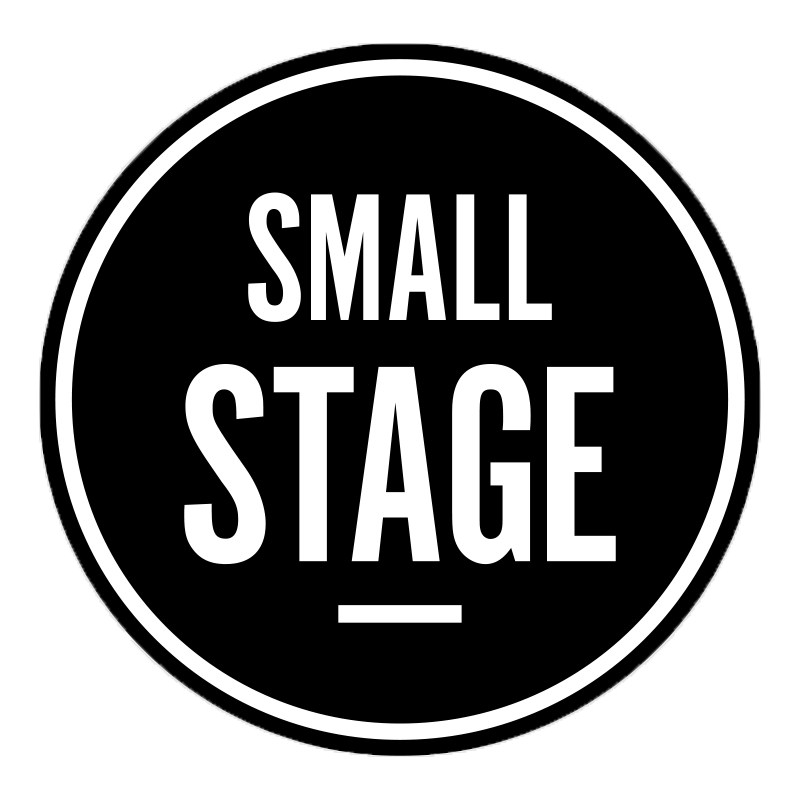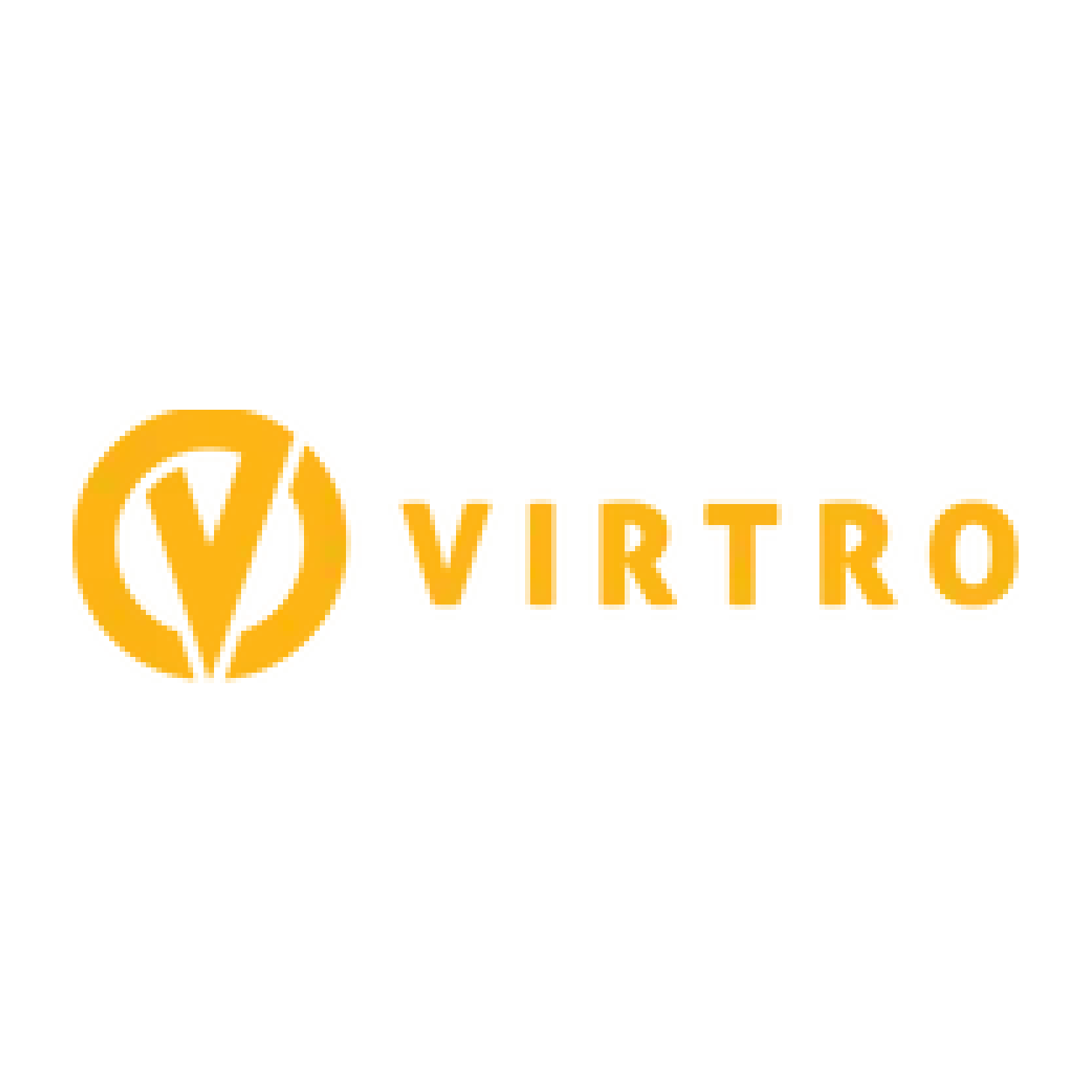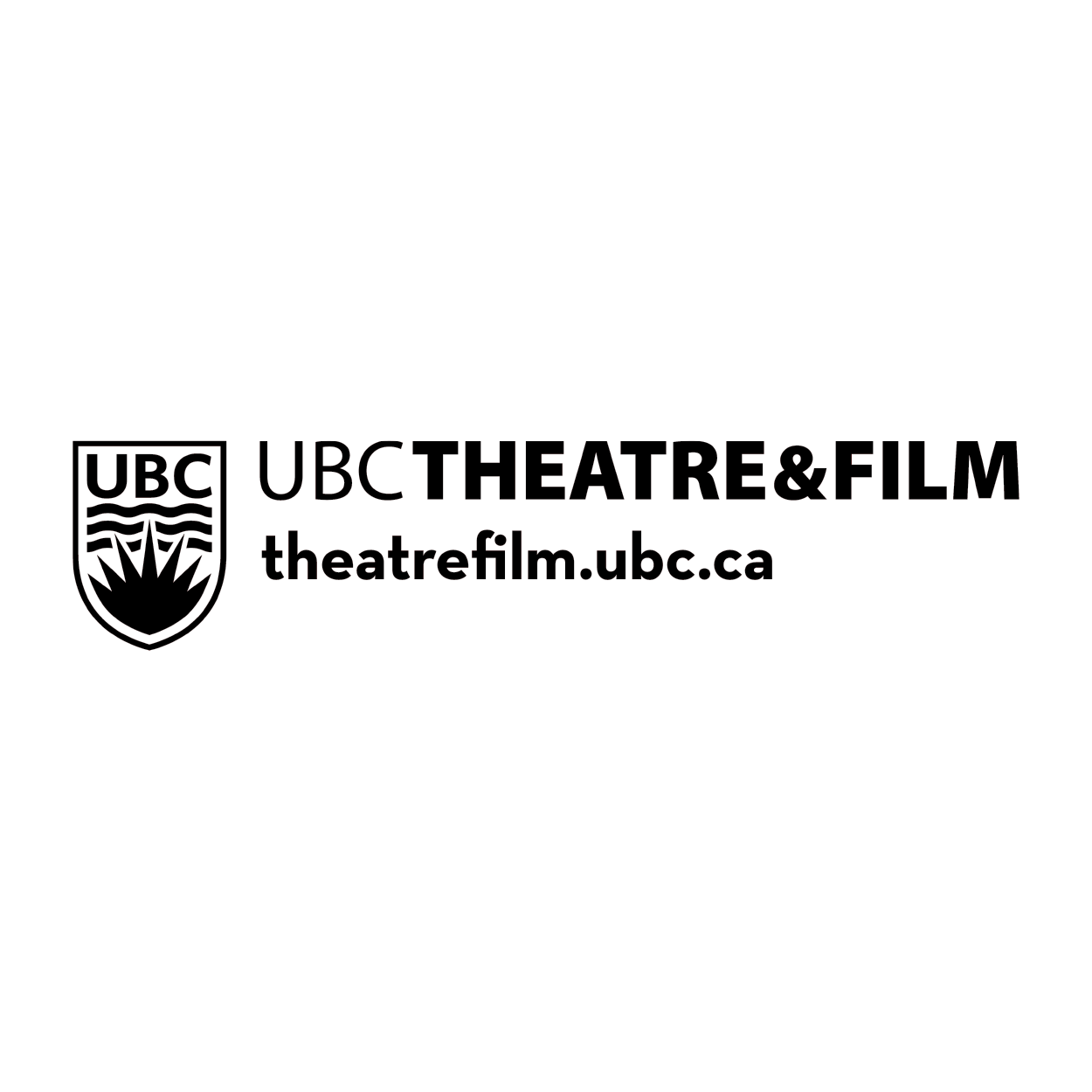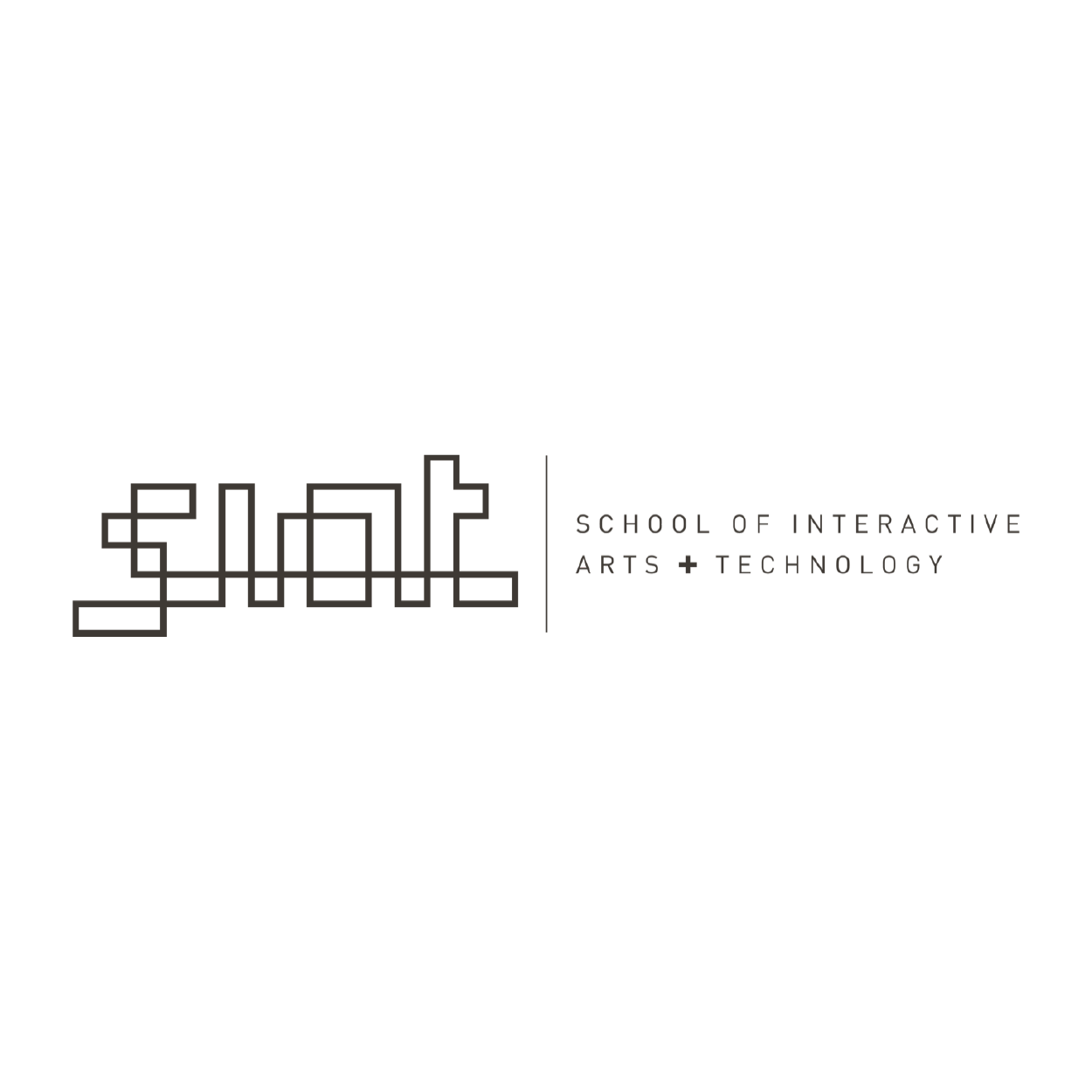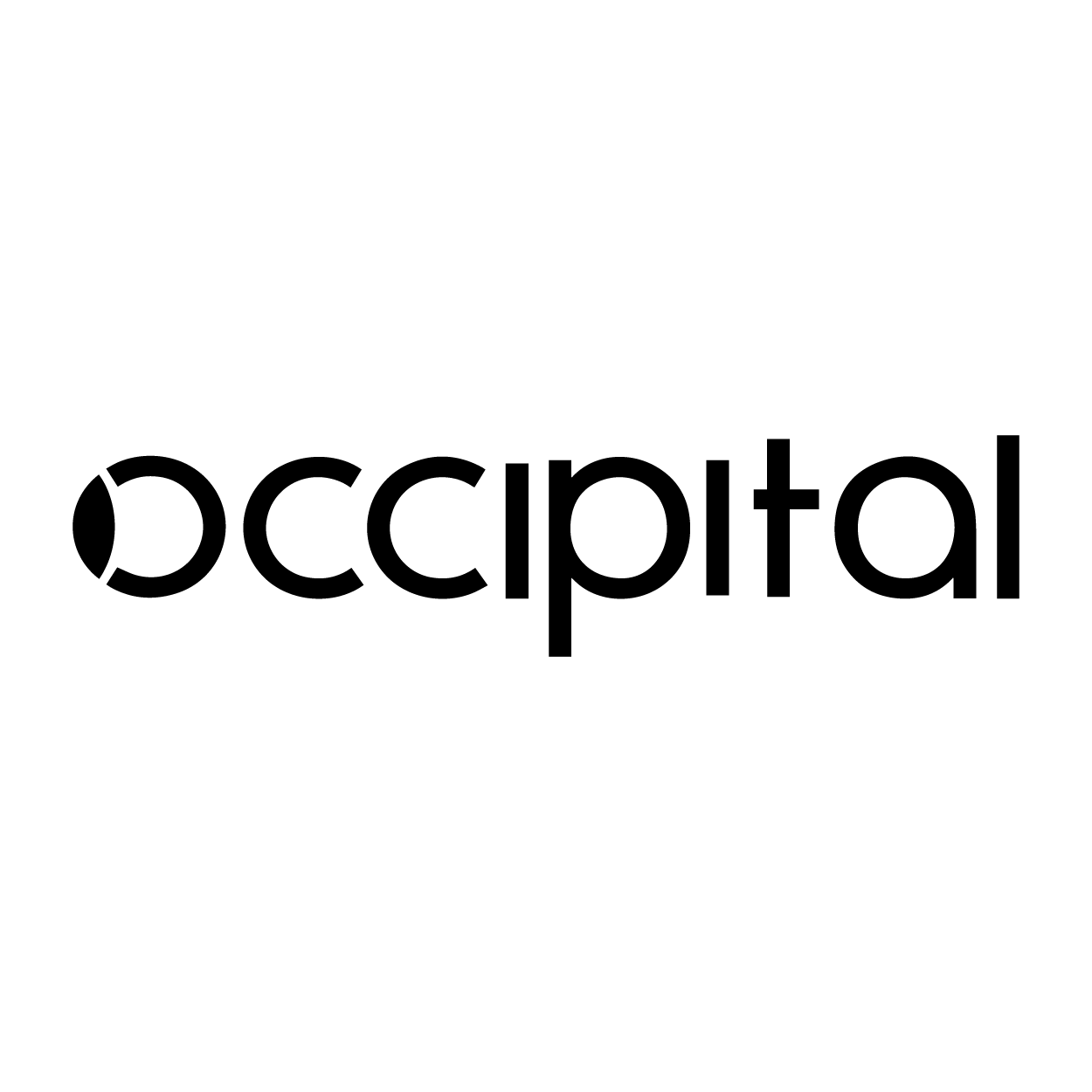It is a rapid prototyping team. Our goal is to finish each project in two weeks, which is one sprint per project. Each team member has different skills. Everyone will have a main role and a sub role in order to complete each project and also develop new skills at the same time. We are excited to work with each other. We have five clients this semester and a fifth coming soon.
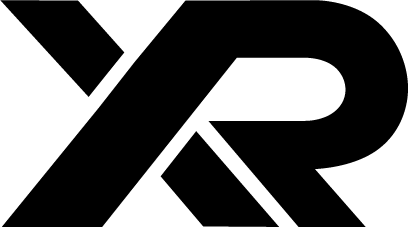
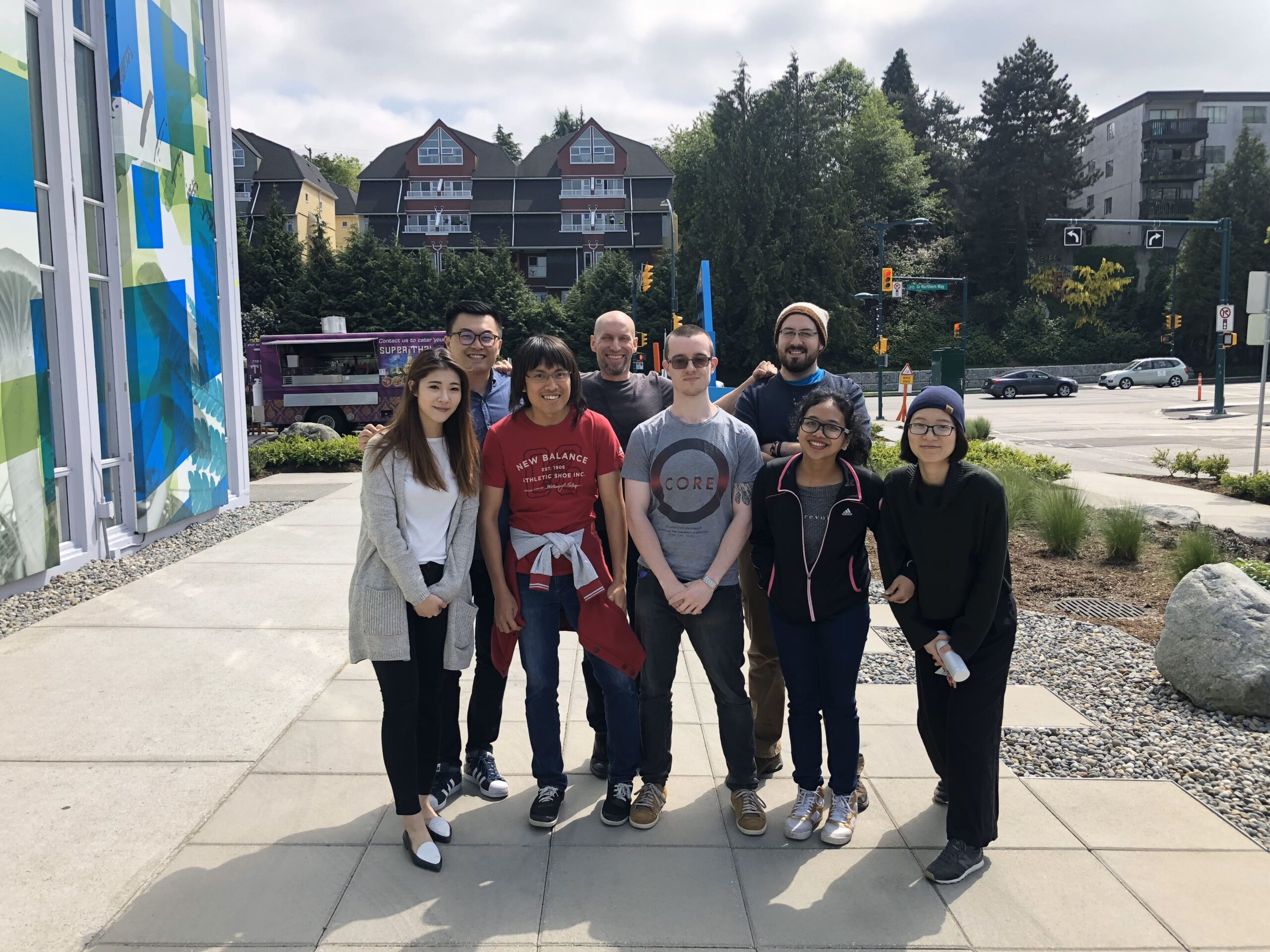
Overview
One of the goals of this project is to let the team self-organize, in other words, team members have to assign tasks to themselves. Another goal is to fully understand what rapid prototype is.
All five projects were using Agile approach and scrum to manage. It involves constant collaboration with stakeholders and continuous improvement at every stage. Due to time and scopes limited, Agile has the flexibility, adaptability to change, in each stage, which has the high level of customer input as well.
- Organization
- The Centre for Digital Media
- Supervisor
- Patrick Pennefather
- Location
- Vancouver, Canada
- Categories
- Design SprintPMUX
“define problem immediately and solved the problem together,” and finally “it doesn’t have to be perfect. It’s a prototype. Each prototype is perfect.”
The biggest take away from the xR Lab
Our 5
Amazing Clients
Small Stage
Sprint 1
Virtro
Sprint 2
UBC Film and Theatre
Sprint 3
UBC Film and Theatre
Sprint 4
Occipital
Sprint 5
Challenges
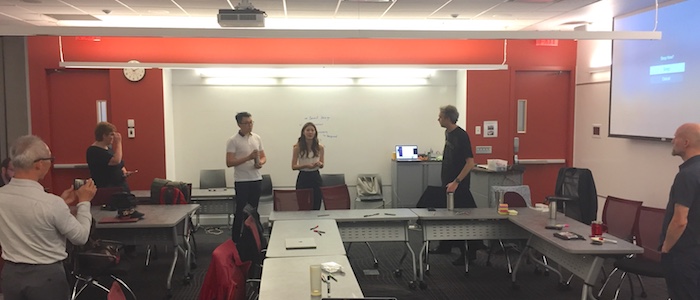
Scope vs time - The scope is potentially over ambitious given the 2 week long constraint for each project. This may impact the quantity and/or quality of certain features of the prototype.
We set up the scrum boards (both physical and Trello), communication tools (Slack), requested equipment and created a team charter on the first day.
Question 1: When we were told we were going to use two scrum boards, I was a little bit concerned how would that work, with two scrum boards at the same time? Would that be extra work for everyone? How do we manage two scrum boards? Does people get confused? However, I would like to give it a try for the first project.
Before the first kick-off with the four clients, here are the things we worked on:
1) Studied our four clients’ companies. Without meeting clients, we could only guess what they wanted and assume what kind of features they want.
2) We shared the material we read online.
3) We listed all the questions we had for each project.
4) We analyzed and brainstormed each project. We believed it was the only way that we could do at the time.
5) A day before kick-off, we assigned the roles and rules for our first client meeting.
During the kick-off with the clients, we understood the projects more. Agile Statements helped us to realize the problems of each client. Everything went well during the kick-off. People took notes, took pictures of each project.
However, we had a meeting with our first client right after the kick-off. It was a small disaster. Here are some situations we had for that meeting with our first client:
Situation 1: It was a little bit over time.
Situation 2: Teammates didn't understand the project and repeated the same question to the client. I had to jump out to stop them from doing that.
Situation 3: We talked about different ideas or showed the works that we did for the previous projects, then the client thought the project would look like that.
Situation 4: The client didn't have a digital media background and didn't understand some of the words that we used and it caused some miscommunication.
Outcomes
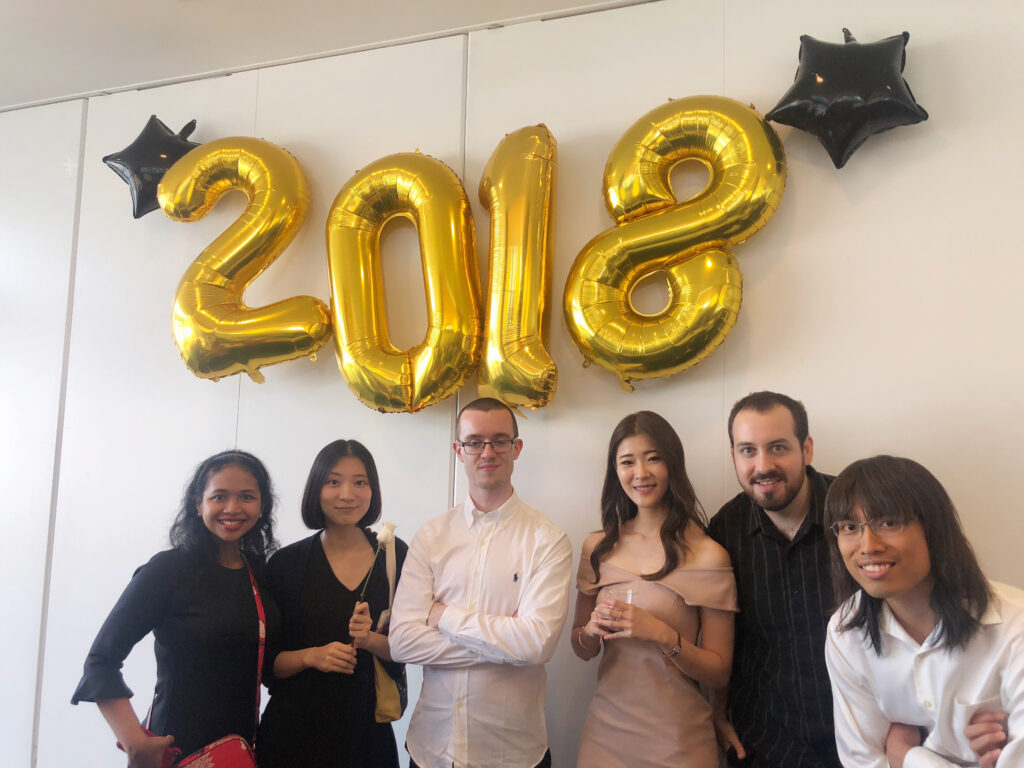
After the fifth project done, we did the final retrospective. All five projects brought us very different experiences. When a project only has 10-15 days to work, how do we overcome all the problems and challenges? From VR, AR to MR, we experienced different pipelines with clients. Some of us never work together before. We needed to find the best way to work with each other in a short period. From unaligned to understood each other, it took time to communicate. We learned from the projects and each other. We took the strengths from the previous projects. We learned from the challenges. Within three months, we gained a lot of experiences.
From the first project, we weren’t sure which scrum tool that we should use, physical, digital, or both. While the internal meeting, some team members were excited to share their ideas with the team, so they interrupted while others were talking. We sometimes forgot the Friday Stand-Up because we didn’t have a specific time to do it. After retrospective, we decided to use a physical scrum board in our project room if we didn’t work remotely. Team members learned to be patient when other people were talking. They raised their hand before they spoke. We had to finish our stand up before 8 pm.
Alignment was one of the most important elements with rapid prototyping lab. Sometimes, we thought we were aligned. However, we weren’t, because we just repeated the Agile Statement or MVP. Until we started working, the team realized that there were some details that we misunderstand each other. I needed to ask each team member to use different words and sentence to describe the final deliverable features so that I could make sure we were aligned. If any of us didn’t understand, then the person who was presenting that had to explain what did he/she mean. This way, we couldn’t align quickly.
We also understood the workload might not be the same due to the project type. Some of the projects had heavy coding, which most of us couldn’t help. The only thing that we could do that was trying to get help from outside resource for our programmers. So they might reduce the workload a little bit. While we were waiting for the coding that to be done, we could start doing to the research for the next project or work on “good to have” or “nice to have” in the parking lot, which we wouldn’t waste our time.
We are grateful that we had great clients. Through the projects, we learned so much from our wonderful clients. Each client was different. We learned how to communicate, what kind of tools for brainstorming in the other kind of project, estimated the time for meetings, we also understood the daily update to clients is vital so that we could get immediate feedback from them, which helped us to adjust the work that we had.

